Battle of the sexes is a war no one can win
Carole Hooven’s findings on testosterone and sexual biology has redrawn the gender debate, earning her the title of ‘public danger’.
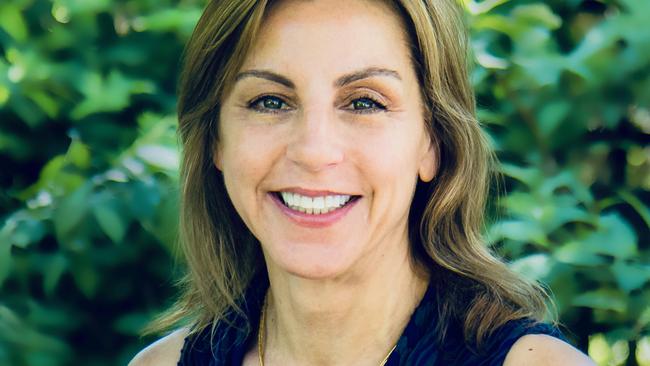
When Carole Hooven was in the wilds of Uganda being pissed on by chimps sitting high in the forest canopy – the Harvard biologist’s job was to collect their urine samples – she little imagined her conclusions would piss off a colleague so thoroughly that she would be labelled a public danger.
But that, two decades later, is precisely what has happened.
Hooven’s experiences in the forests of Uganda studying chimps left her wondering about the behaviour of males and their predisposition towards violence. She came to the conclusion that the sex hormone testosterone – an androgen – plays a large role in the make-up of the male brain. There was, after all, some truth to the adage that men think with their genitals; or, rather, that they are genetically selected to behave aggressively, even if aggressive tendencies themselves are modulated by personality and environment.
Testosterone “masculinises the brain as well as the body”, she writes in her new book, Testosterone: The Story of the Hormone that Dominates and Divides Us.
When I reach her at Cambridge, Massachusetts, she expands on that crux point: “Testosterone not only shapes the body – things like the development and maintenance of the male reproductive system, including making sperm, along with increased muscle mass and large body size. It also has to shape the brain to get the animal to be motivated to use that stuff.
“Why give an animal big muscles or lots of sperm if he has no desire to compete for mates that he actually has sex with? Testosterone acts in the brain in utero, in adolescence, and adulthood to shape neural circuitry and function in ways that promote adaptive reproductive behaviour in a given environment.”
Testosterone is such an ungainly polysyllable that in the book she contracts it to an initial, and it becomes simply “T”. Her account of this important androgen, which is also found in women, is subtle, nuanced, and written with the sure touch of a natural storyteller. Hooven goes to great lengths to address contemporary sensitivities and, to some extent, accommodate them. But her commitment to science – to good science – is resolute.
On the subject of transgender women aspiring to compete in women’s sport, for example, she observes that some of these athletes have enjoyed the benefits of male puberty, and these advantages don’t entirely disappear with the testosterone reduction therapy that enables gender transition.
Bone size and frame height don’t budge, naturally, with these therapies; and much of the testosterone-induced bone strength, muscle mass and strength are typically retained.
And yet she maintains a degree of agnosticism on the issue of transgender women’s “rights” to compete in female sport, stating merely that it is a “fraught” and “sensitive” issue.
While much of her book addresses the “toxicity” of male violence against women, she also observes that men are the “primary victims of male violence”. But it’s her defence of a seemingly obvious notion – sex differences are firmly grounded in differential exposure to androgens beginning in the womb – that has flared into a gender political firestorm.
On July 28, Hooven was quoted on former New York Times opinion editor Bari Weiss’s website Common Sense warning that some medical schools in the US were denying the existence of biological sex.
The report included the transcript of an endocrinology class at a leading medical school in which a professor apologised for using the phrase “pregnant woman” (instead of the more ideologically servile “pregnant people”). Hooven, who is a lecturer and co-director of undergraduate studies in Harvard’s Department of Human Evolutionary Biology, told the reporter she was deeply troubled by this trend.
She soon found herself on the conservative talk and news show Fox & Friends – not a show, she insists, that she would “traditionally watch” – where she explained that in the past five years science had been infiltrated by ideology.
“It’s infiltrating my classroom to some extent. I teach about hormones and behaviour. I teach about sex and sex differences. And that’s something I’ve always been really enthusiastic about – the science of sex and sex differences – and part of that science is teaching the facts, and the facts are that there are two sexes, male and female, and those sexes are designated by the kinds of gametes we produce.
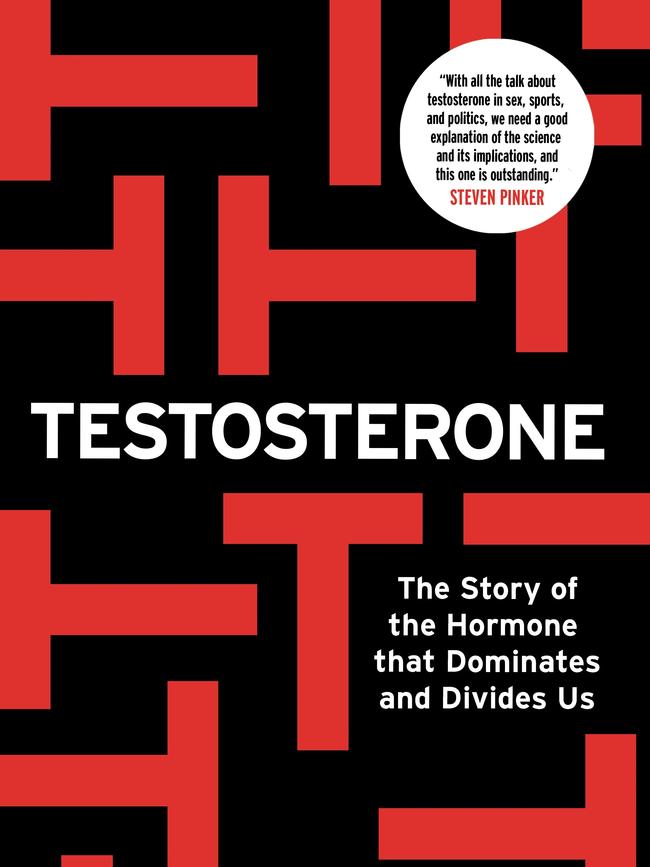
“Do we make eggs – big sex cells – or little sex cells, sperm? That’s how we know whether somebody is male or female. But the ideology seems to be that biology isn’t as important as how somebody feels about themselves or feels their sex to be.”
She went on to explain that this state of affairs was “confusing for science educators and students who are trying to learn about the world and learn the tools of science and critical thinking. It’s very confusing when lecturers like me and even journalists and people in the mainstream media start backing away from certain terms that they’re afraid people will find offensive. That fear is based in reality: peopledo find these terms offensive; they do complain on social media; they do shame people and even threaten to get people fired. So it is no wonder that certain people – a lot of people – are caving in and yielding to the social pressure.”
Proof of her point came a few days later when the director of Harvard’s Diversity and Inclusion Task Force, Laura Simone Lewis, shot back on Twitter: “I am appalled and frustrated by the transphobic and harmful remarks made by a member of my department in this interview.” Lewis, who identifies herself on Twitter as a “Blewish (black and Jewish) feminist mermaid”, later wrote: “I respect Carole as a colleague & scientist. But this dangerous language perpetuates a system of discrimination against non-cis people within the med system. It directly opposes our Task Force work that aims to create a safe space for scholars of ALL gender identities and sexes.”
Hooven’s book seems to anticipate this line of attack through its persistent invocation of liberal ideals and, at the same time, a kind of scientific realism that insists on the need to confront facts rather than deny them if they fail to accord with ideological pieties.
“People seem to believe that validation and support of trans and nonbinary people requires the erasure of the biological underpinnings of sex,” she tells me. “But it doesn’t – human rights is a separate issue. Understanding the facts about biology doesn’t prevent us from treating people with respect. We should aim to use language that’s inclusive, but which doesn’t sacrifice scientific clarity, especially in the realm of science education.”
Testosterone might not have been written – or it might have been written differently – if Hooven hadn’t, in her late teens, experienced sexual assault. At high school in Massachusetts she was often out late, drinking, with scant attention from her parents.
“I didn’t understand that some men would take advantage of me,” she says.
“I’m not blaming myself. I know I didn’t deserve it. But it damaged me, although after writing this book I feel stronger, actually empowered by feeling like I have a better understanding of male nature, the power of culture, and how we can work as a society to support men in learning to control some of the darker aspects of their nature, always while holding them accountable for their behaviour.
“Just because men have a higher predisposition for sexual assault does not mean the behaviour is in any way excusable. I wish someone had drilled all of that into my head when I was younger. But I want to make sure we acknowledge some of the positive aspects of masculinity. Most men are not rapists or murderers. These are behaviours at the far end of the range of problematic behaviour.
“It’s been mostly the men in my life who have supported me and encouraged me to follow my dreams. To go for things I didn’t think I could accomplish, like applying to grad school, writing a book. My husband is a devoted dad, great provider, and supportive partner. And men, far more than women, risk their own lives to save the lives of others. Women are also heroes – but generally in ways that don’t risk their own lives. Sometimes they do! Especially when the lives of their children are at risk.”
The differences in testosterone levels between men and women explain the generally higher libido and preference for sexual variety among men, she says. But it’s not a simple matter of high testosterone causing libidinous, or aggressive, behaviour in any particular individual. “Next time you’re around a large group of men, imagine you knew all of their T levels,” she explains. “You might think those with the highest T levels are constantly on the lookout for women and a fight. Always confident, driven, muscular.
“But you’d be wrong. T does have a big impact on sex and aggression, but it is the big difference in T between sexes that explains why men, on average, have a higher sex drive, want more sexual variety, and are more inclined to use physical aggression when confronted.
“If you knew men’s T levels – within the normal range – you wouldn’t know anything more about who was the most eager for sex or who had been in more than their fair share of bar fights.”
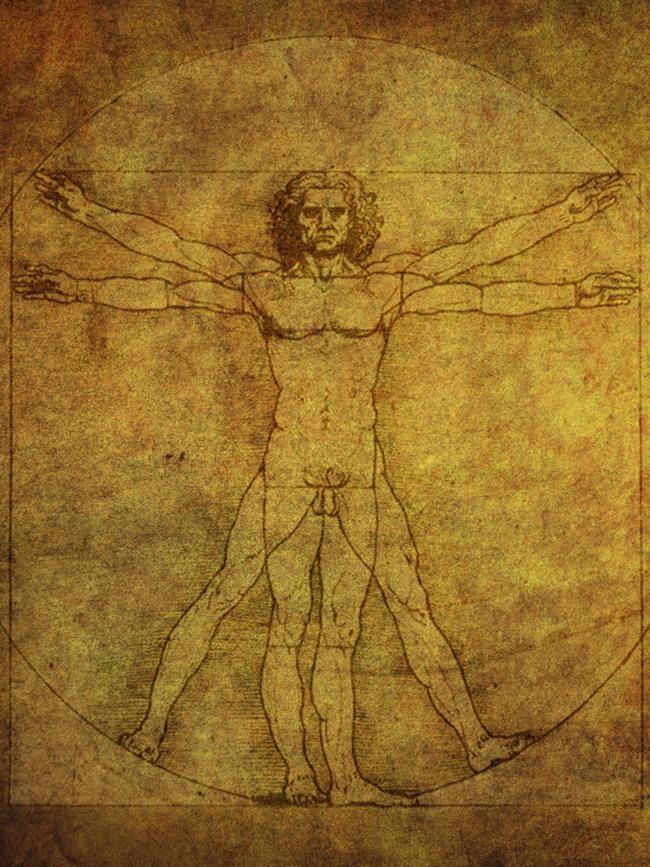
The caveat is that men with T levels significantly below the normal range would generally have lower libidos and reduced physical aggression.
Good science, for Hooven, is the antidote to propaganda and conspiracy theories, both of which are arguably more prevalent in the culture than scientific literacy. But culture, environment – and knowledge – also temper male aggression. “The more we understand the forces that shape us,” she writes, “the more control we have over how we behave.”
The book is underscored by a keen awareness of the power of culture: it is addressed to a broad audience and speaks directly to contemporary debates – in particular myths – about sex and gender. One of them is the “tired idea” that the sexes must be born with basically the same brains in order to have the same rights.
“Our genes express themselves within a given environment from the moment of conception,” she tells me.
“When it comes to complex behaviour, the environment has enormous impact. Men commit more murders than women everywhere – 95 per cent of them, in fact – but they commit very few in Singapore and far more in El Salvador. Men have a significantly higher propensity to commit physical crimes such as murder and sexual assault.
“But the degree to which they express that propensity is heavily shaped by the environment, including things like cultural norms and laws. Environment matters. And how we construct it is the most important factor in addressing issues like male violence.”
Testosterone: The Story of the Hormone that Dominates and Divides Us by Carole Hooven is published by Hachette. Out now.

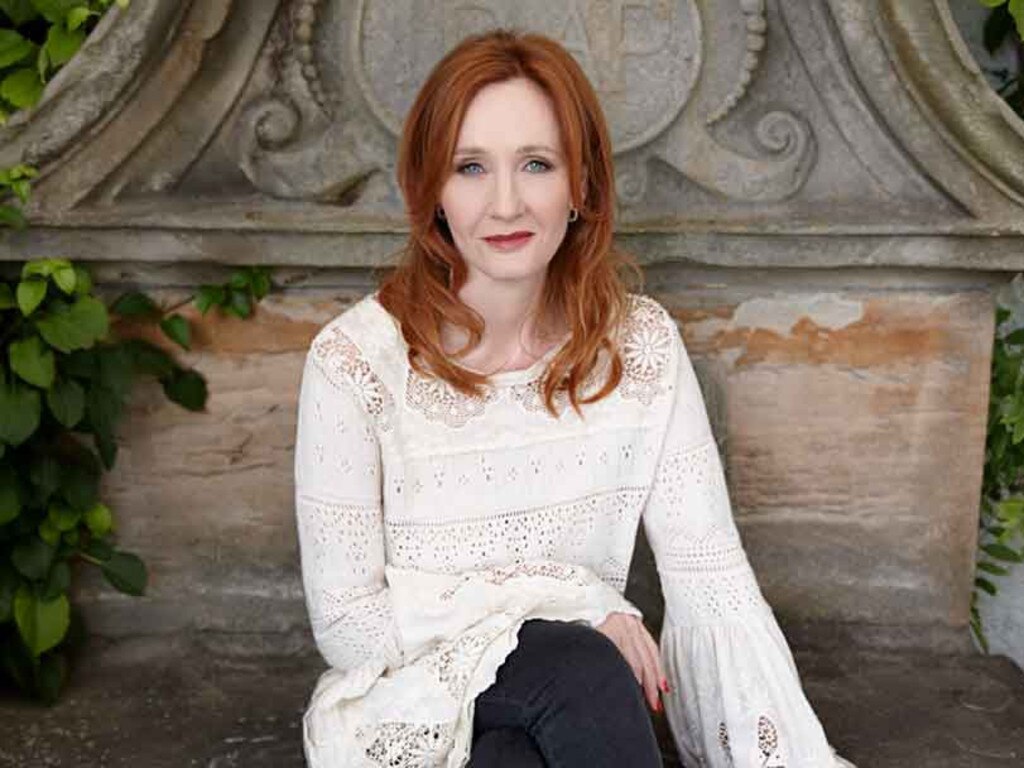

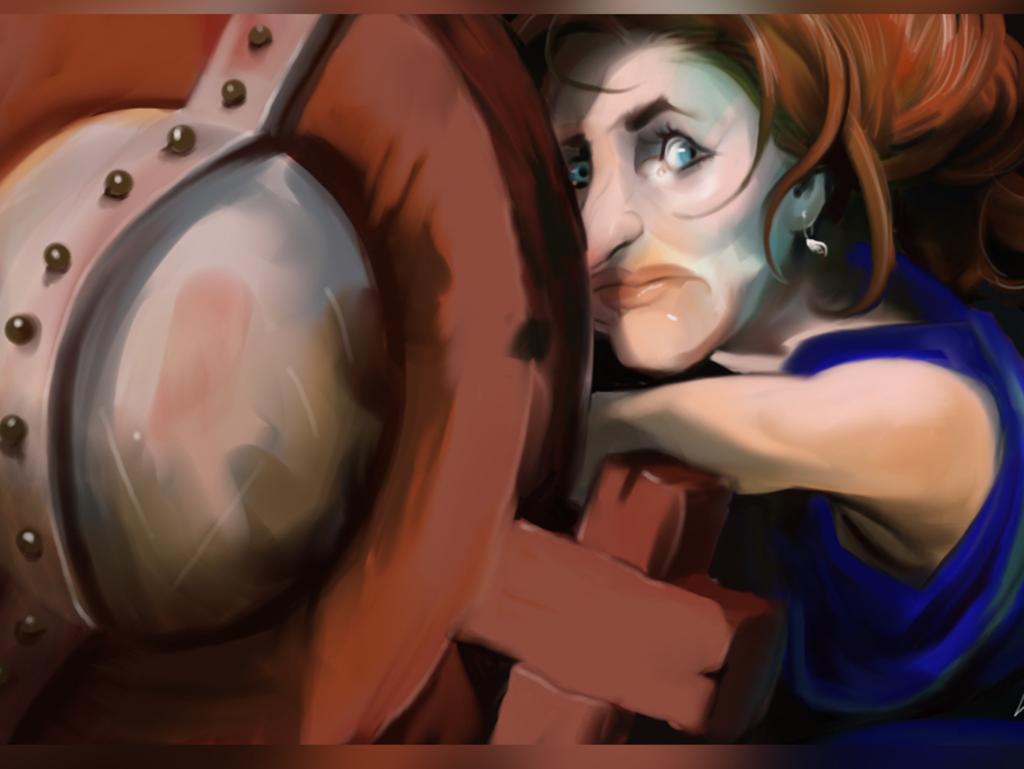



To join the conversation, please log in. Don't have an account? Register
Join the conversation, you are commenting as Logout